Zurrinaih (ZER-in-eye)
The Gray Ones
Ambient sounds courtesy of tosha73 and EminYILDIRIM
Greetings to those below. I am Death, though I will always smile when you call me Azrael. So, too, will I smile today as I discuss the Zurrinaih because, despite everything, I do believe they are one of my favorites. Perhaps it is because, among all Orostians, I am most familiar with the Zurrinaih, especially considering so many of them today are assassins, and naturally, being Death, I encounter them more than most.
But in truth, I think it has much more to do with their story. They are lost in many ways, and not just because most of their origins claim them to be accidents. Perhaps I can relate to that. But most of all, I think the reason I am partial to Zurrinaih is because, underneath their fearsome reputation, there is a beautiful sadness to them, a longing for family and a sense of home. I definitely can relate to that.
Those Who Came After
It all started in 1792 MS when strange elves began appearing on the island of Rhye. They were strange due to their appearance, and if you have enjoyed my previous entries on vati and shades, you will know well by now what that appearance was. Gray-skinned and corpselike, many believed these elves were Sithuwaye inexplicably risen from the dead. I am Death, and I can assure you this is quite impossible, but Sithuwaye elves were the only kind of elf known of at the time, so I suppose I cannot fault those early souls for believing such a thing. But eventually, it was determined the Zurrinaih were yet another people, and after it was further determined they were not abominations, they were added to a growing list of peoples considered “Those Who Came After.” Specifically, the Zurrinaih are eighth on the list, second-to-last, at least so far. Many theories were proposed as to the origins of the Zurrinaih, the most famous being Lilith, the supposed Mother of the Zurrinaih tempted by some mysterious force to transform into the first Zurrinaih. I have spoken about her in greater length already. But in truth, no one quite knows for sure, and while the theorizing has never ended, it has fallen by the wayside to greater problems.
A Crisis of Identity
by J. L. Gryphon via Artbreeder
You see, as I said before, the Zurrinaih people are lost. I do believe that, as a people, they have never quite been able to figure out who they are. They began life orphaned as far as anyone can tell, and not knowing where they came from left them quite undecided as to who they were going to be.
There was, of course, The Split, a 5,000-year period of unrest where the Sithuwaye and the Zurrinaih engaged in skirmishes, battles, and sometimes all-out war. Then the Zurrinaih had a purpose, a culture, even if it was a violent one. I don’t know if they knew any other path, and it certainty did define them for much of the Middle Sphere. It is said during this time their native language, Zishlyn, was developed, a language purposely designed to sound threatening and aggressive to further inspire fear. With that in mind, when peace was eventually called and a treaty signed, the Zurrinaih once again were left to wander, unable to embrace what had defined them for so long. They once again sought a definition for themselves.
Some searched for culture in their native language, and new words of a gentler variety were added so they might better express ideas such as love, friendship, and just general affection. Some left Rhye altogether and traveled to Altyma. This was before the mirrors were locked, you must understand, and in fact, the Zurrinaih leaving may have inspired the decision to lock the mirrors in the first place. Other Zurrinaih stayed, and they slowly began to form families, communities, and did their best to fit into a society that had long been built and established without them. They were not excluded on purpose, of course. The Zurrinaih did not face the problem of prejudice so much as they faced the trouble that comes with not existing before everyone else. Indeed, the Zurrinaih were certainly late on the scene, especially compared to the dragons, the Sithuwaye, and even the jeenta, who were the first of Those Who Came After. Society had not made a place for them to fit because society hadn’t known there would be such a need. How can you include something that, until recently, never existed?
I don’t think the Zurrinaih had the chance to fit in until the dawn of the New Sphere when Desmon Anastil came to power, founded the kingdom of Rhyastil, and in so doing restructured, well, everything. Finally the world was created anew, and this time, the Zurrinaih were not late on the scene. They were a common presence by then, and Desmon’s new world included them with ease. For a time, I do believe the Zurrinaih felt like they could finally belong, and indeed they did in many ways, but in terms of forming their own culture, there was still great confusion.
A Budding Culture
You see, Desmon was a Sithuwaye, and since the Zurrinaih were elves lacking in a culture of their own, most were assimilated into the Sithuwaye way of life. This worked decently enough, but some things could not be replicated. Sithuwaye are immortal. Zurrinaih are not. Sithuwaye possess healing sithu fire in their blood gifted to them by their god—my master, Le Sair the White Stag. Zurrinaih do not. Sithuwaye form psionic bonds with their lovers and so take great care in choosing a life partner. Zurrinaih cannot use psionics at all. So you can see that, while Zurrinaih could play along with Sithuwaye, the greatest, deepest, and most longstanding elements of Sithuwaye culture could never be replicated by the Zurrinaih people. I imagine it was quite lonely whenever they were faced with those realities. I think it was this last difference I mentioned that finally sparked some defining feature of the Zurrinaih. The last difference being the lack of psionics. Zurrinaih, quite simply, do not possess the talent. As a result, they are unbound by the responsibility of forming a telepathic bond with any would-be lover, and so may love much more freely than their Sithuwaye cousins. While a Sithuwaye may wait centuries to find the appropriate, compatible partner, Zurrinaih elves may frolic with whomever they wish whenever they wish. Indeed, sex for Zurrinaih, especially today, is a prominent and distinct aspect of a culture that finally exists. While Sithuwaye view sex as a union of two compatible souls, Zurrinaih view sex as an artform and firmly engage in what they call “the game of seduction.” This is not the same thing as foreplay, and in fact, to view the game of seduction or even sex itself as mere physical acts performed in the bedroom—whether they be foreplay or the act itself—would be considered unintelligent, shallow, and altogether lacking in artistic merit. So it is understood that, to play the game of seduction well, one must, well, seduce. It is your approach, your manner, your wit, your ability to be open while still maintaining that tempting air of confidence and mystery. Put simpler, it is a requirement of the game that one must engage and intrigue the mind in addition to the body. Both are equally important. If you rush to the physical, you fail the game. If you are too cerebral, you fail the game. If you attempt to depend solely on material wealth, power, or status, you fail the game. Certainly being rich and powerful sparks initial interest, but even then, you still have to play. I would suggest not failing this game at all costs, those below, because if you do, you run the risk of being named a ruk zovac. Loosely translated, this means “hand reject,” as in someone is so incompetent as a lover their own hand refuses to give them pleasure. Ahem, you can imagine this is quite humiliating, but especially in recent times, it could also be a death sentence. Someone may well “put you out of your misery” unless you can . . . redeem yourself before such “mercy” is awarded to you. No, I am not joking. I have collected my fair share of so-called ruk zovac. It is a very real thing. With this development came other aspects that eventually informed Zurrinaih culture, but just as the Zurrinaih were beginning to find themselves, everything they had grown was destroyed.
The Coming of the Goddess
by J. L. Gryphon via Artbreeder
Long past the days of Desmon Anastil, when Vānima the Veldriss came to the throne, she proclaimed herself to be a goddess. The Zurrinaih—or at least what was left of them after The Battle of the Royals Dead—began worshipping her, finally seeing in her the mother they had always sought. Perhaps they thought of her as the mythic Lilith returned. Or perhaps they welcomed the idea of simply being adopted in a way they never had before.
Essentially, they found religion, and while that is not always a bad thing, in this case, it once again destroyed the budding individuality the Zurrinaih people had been cultivating. Vānima was a Sithuwaye like Desmon, but unlike Desmon’s restructuring of the world that included all people, Vānima’s restructuring of the world included herself. Just herself. So the Zurrinaih worshipped her and fit snuggly into that plan. In so doing, they became the dominant people on Rhye, surpassing all other peoples considered Those Who Came After, even the jeenta. Eventually they surpassed even the Sithuwaye once Vānima began hunting them.
Vānima used the Zurrinaih for their ability to trigger zadrels, a surge of voluntary adrenaline that made possible the special technique called wraith-step specifically employed by Sicarius assassins. It is what makes them so unstoppable. It is what makes Vānima so unstoppable.
The Zurrinaih Today
Alas, I am sad to say that is how it is now. The Zurrinaih people are still lost. The game of seduction still exists, but it now holds that nasty risk of death I mentioned, something it never used to bear. I regret to say until they are freed from Vānima, I doubt they will ever find themselves. Until they are no longer dictated to by outside voices, I think they will forever be assimilated into someone else’s ideas. I hope they realize it one day. I hope they forge a cultural identity for themselves once and for all. Because there is one I know of who could be a voice for them. One who could show them who, deep down, I have always known them to be. I collected him many years ago, but even so, what he experienced during his lifetime and what he longed for is a perfect reflection of the values that, deep down, all Zurrinaih crave and seek. Remember I said in the beginning there is a beautiful sadness to the Zurrinaih? Remember I said they began their existence orphaned as far as anyone can tell? What, then, do all orphans desire more than anything else? Family. A sense of home. There is much I know of the Zurrinaih they have yet to discover. There is a secret I long to tell them, the answer to their question: “Why?” You see, I know who the Zurrinaih are, I know where they came from, and I know why they are barred from the truth. But . . . I have to wait. My brother is still in my way, an important memory remains dead, and the last bell has yet to ring.
Book Information
To learn more, hop on over to the books page OR hop on over to the teaser and get a sneak peek of Chapter 1! For more articles like this one, have a peek at my Worldbuilding Journal and explore Orosta.
Related Articles
Parent ethnicities
Encompassed species
Related Organizations
5,000 years (maybe)
Average Height
6’0″
Average Physique
Athletic
Lanuages Spoken
- Zishlyn (native)
- Orostian (worldwide)
The Religion of Velherr
Brought Into Being by
Unknown
Lilith (maybe)
Created by
Le Sair the White Stag (technically)


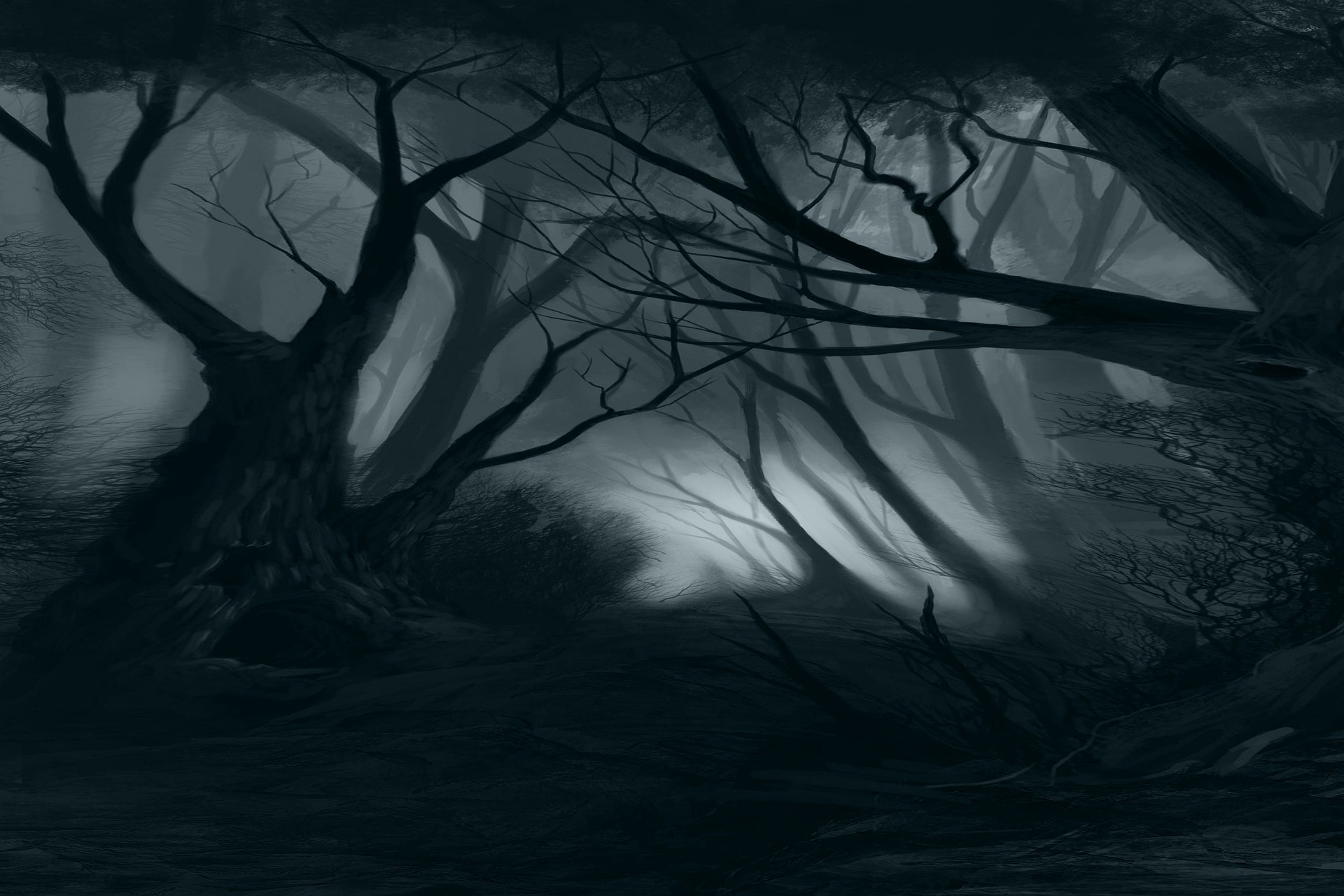

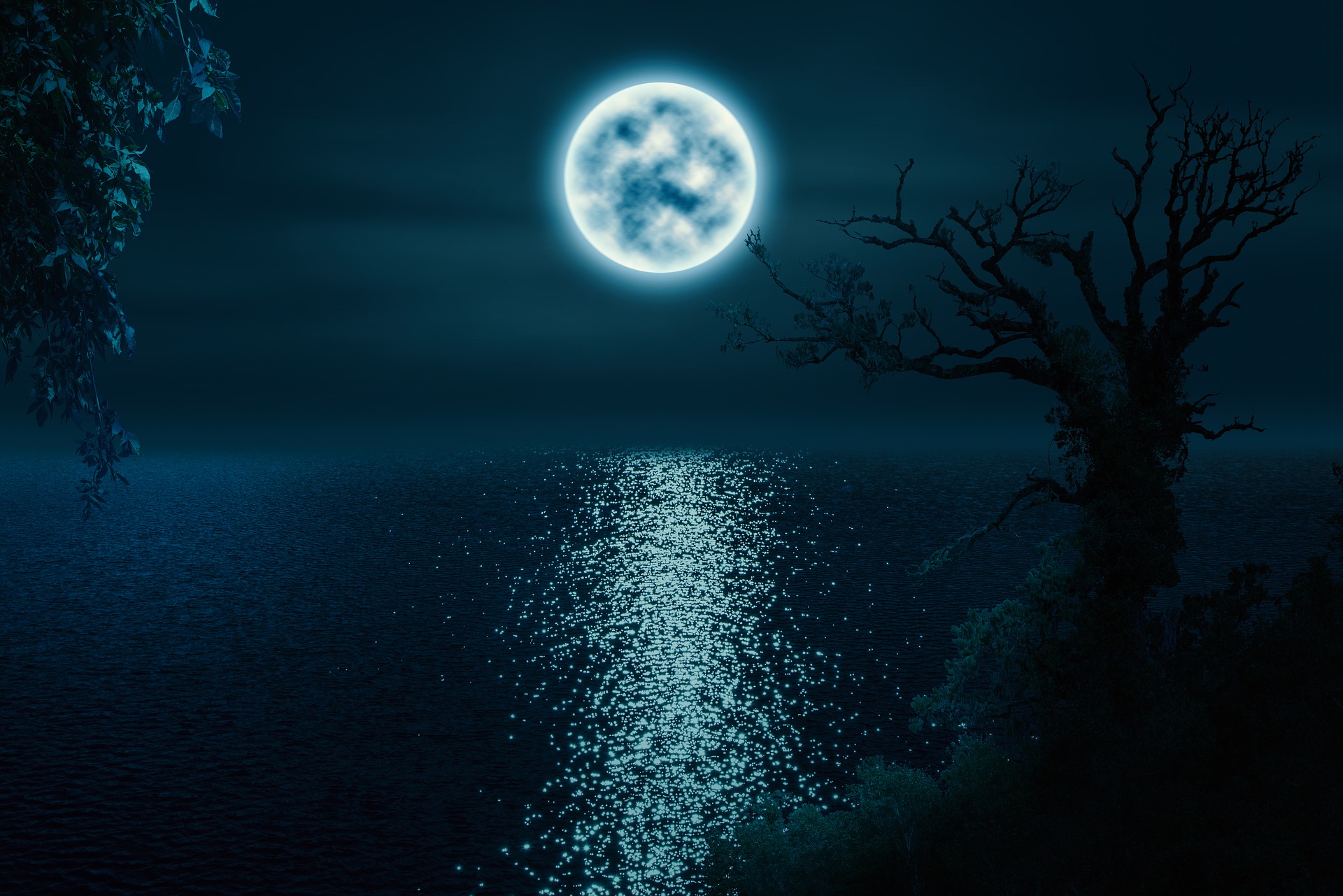
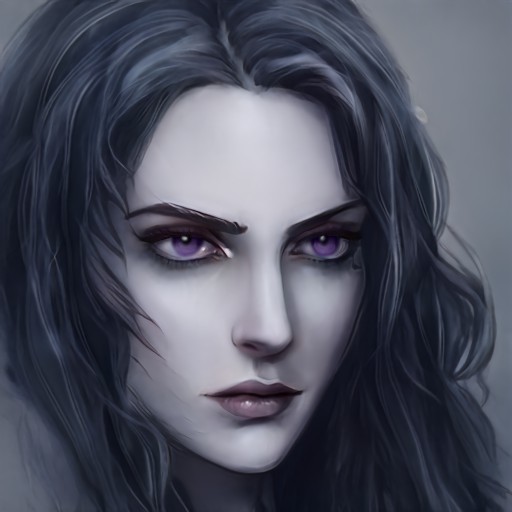
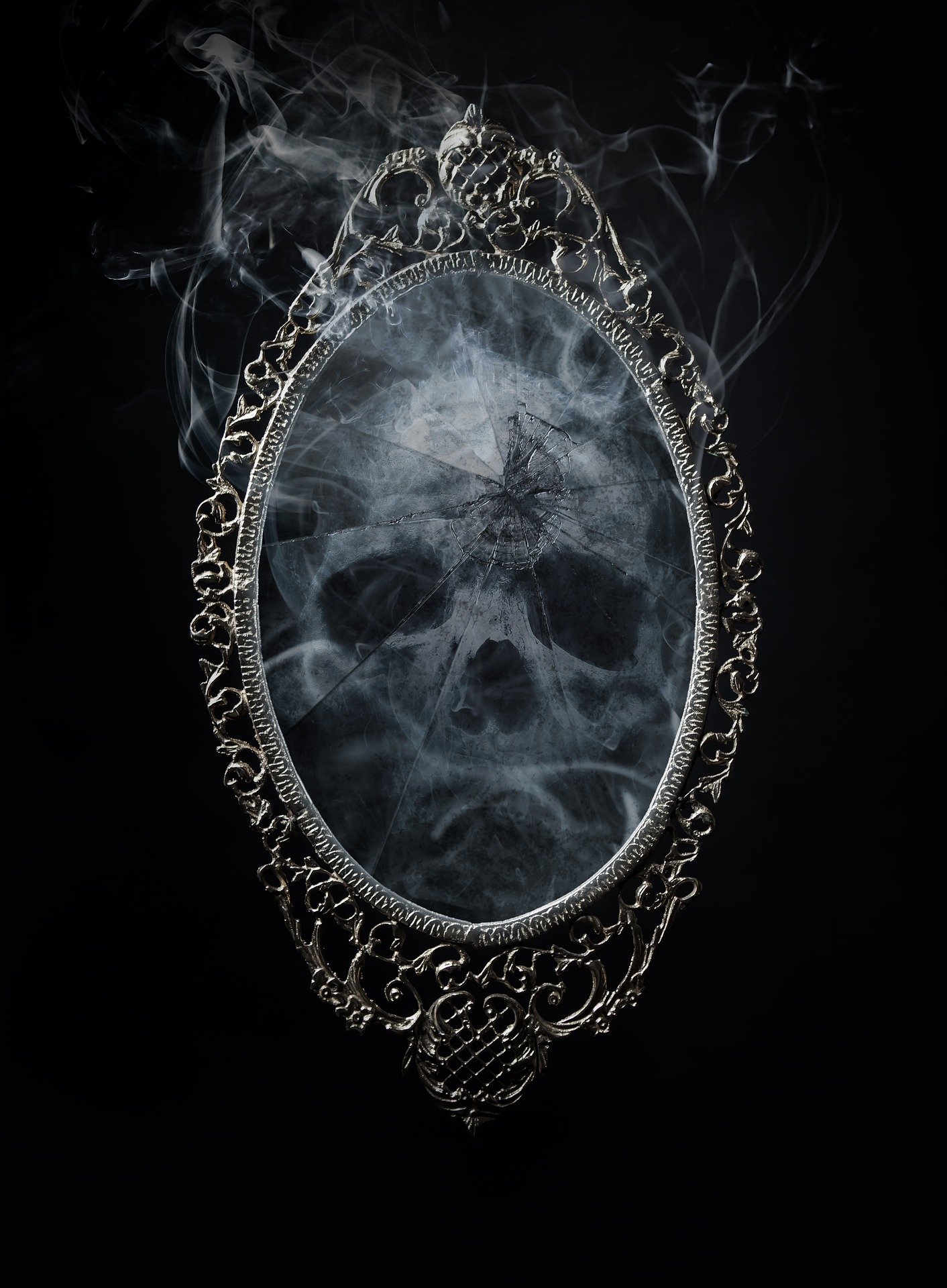
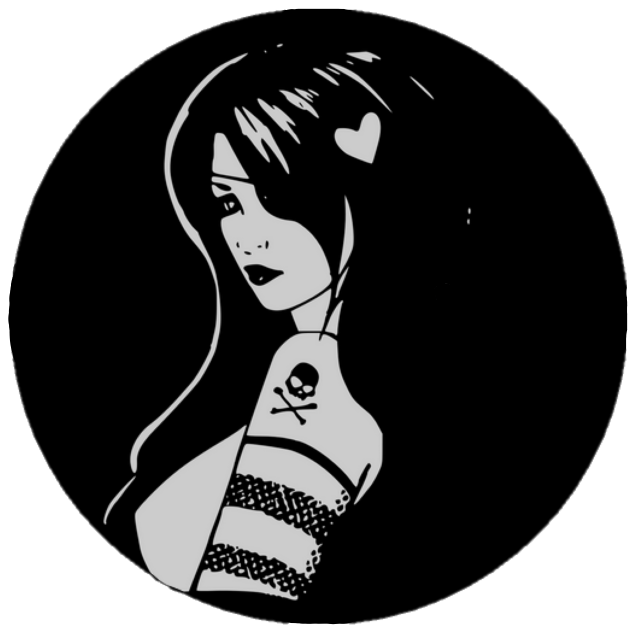



Comments